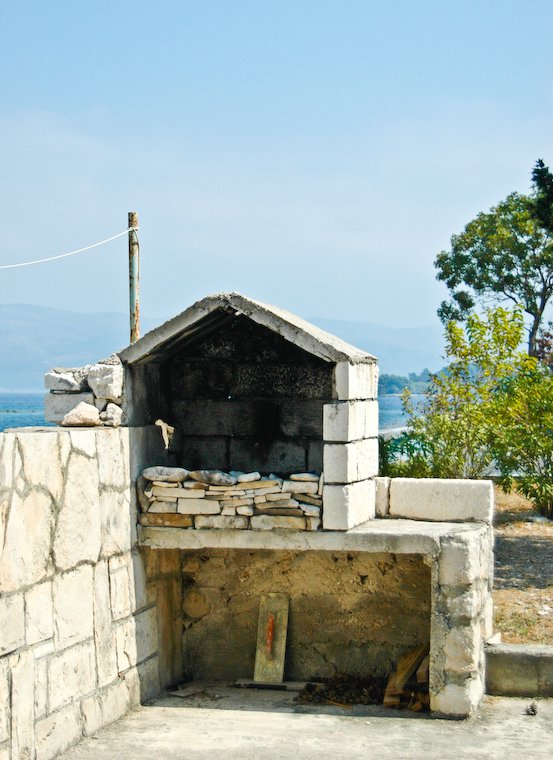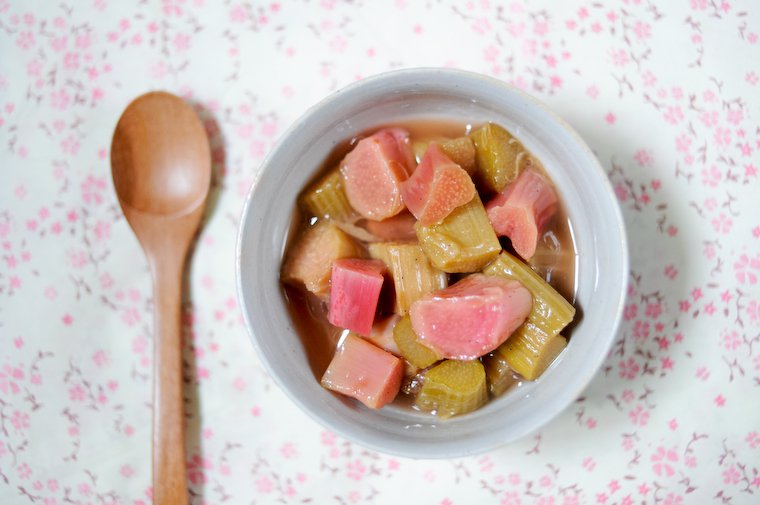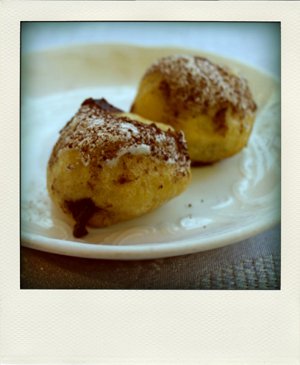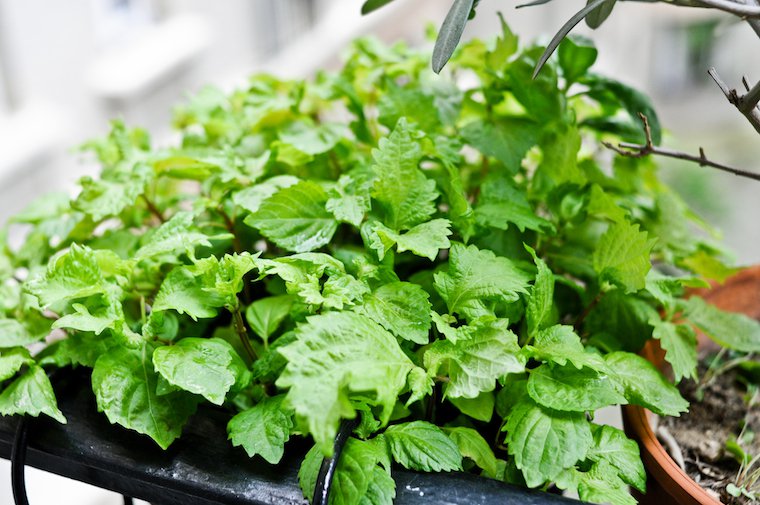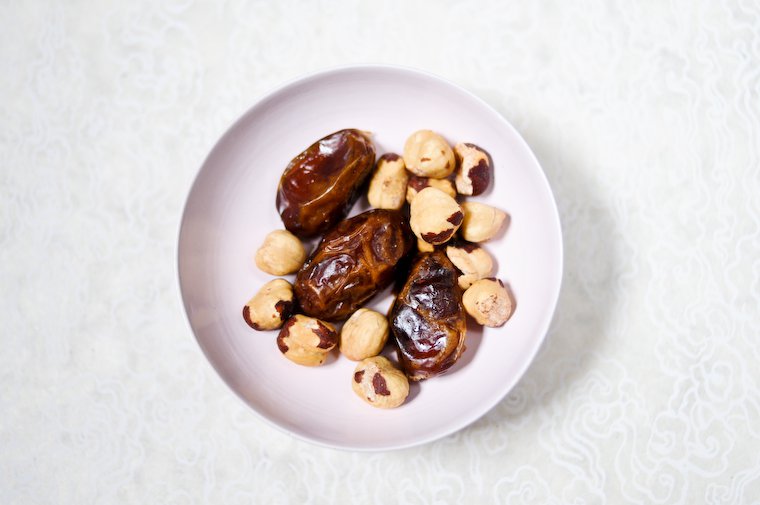I’ve asked a few of my favorite bloggers and friends to tell me about their vacation cooking style, whether they’re visiting friends or family, renting a place, camping, etc. I wasn’t necessarily looking for anything fancy, and was just as interested in the lazy stuff one cooks under those circumstances.
What do they like to bring with them? What are their best and worst vacation memories, and what tip or saving grace can they share?
Thanks to my wonderful guests, these Q&As read like so many escapist vignettes. I hope you’ll be as inspired and delighted as I am by my guests’ answers. If you’re anything like me, you’ll feel transported by the stories they shared from their nomadic kitchens — and I hope you’ll chime in with your own.
• Cooking on vacation with Sarah McColl, the Brooklyn-based writer and lifestyle blogger behind Pink of Perfection.
• Cooking on vacation with Tara Austen Weaver, who is the Seattle-based author of the book The Butcher and the Vegetarian.
• Cooking on vacation with Chika Yoshizaki, who is the Japanese writer, photographer, and translator behind the blog She who eats.
• Cooking on vacation with Gena Hamshaw, who is the author of The Full Helping, a blog that showcases high-raw, vegan foods, as well as the Food52 Vegan Cookbook.
• Cooking on vacation with Lucy Vanel, who is an American writer and photographer who lives in Lyon, and writes beautifully about food on her blog Lucy’s Kitchen Notebook.
• Cooking on vacation with Heidi Swanson, who is the talented writer and photographer behind the blog 101 Cookbooks.
• Cooking on vacation with Derrick Schneider, who is an Oakland-based writer who created one of the first food blogs ever, An Obsession With Food (which I credit for giving me the blogging bug back in the day!).
• Cooking on vacation with Luisa Weiss, who is a New York writer currently based in Berlin, and the author of the wonderful book My Berlin Kitchen: A Love Story.
• Cooking on vacation with Molly Wizenberg is the author of the best-selling memoir called A Homemade Life, and she and her husband Brandon Pettit have created a well-loved pizza place in Seattle called Delancey.
A companion series is running on the French version of Chocolate & Zucchini, so if you read French, you’re in for a double treat: head over to read La Cuisine des vacances!


